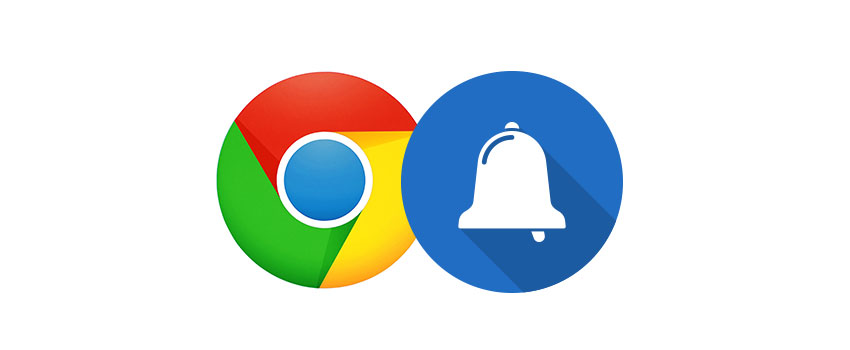
Chrome Push Notifications: Why You Should Ask Permission First
For all the good that web push notifications are, the one main gripe most marketers have about them is that you need to ask permissions from the user first. This means that users are free to deny websites permission, which happens a lot. In Chrome, this can be even worse because it’s no longer possible to ask permission from that particular user again once denied. Even worse, Chrome has plans on automatically denying such push notification website prompts, especially if users typically ignore or dismiss them anyway.
This means that for a web push notification campaign to succeed, marketers must make sure ask for permission and show the prompt only at the right time.
Asking for the User’s Permission: When and How
- When the user shows intent
This is pretty obvious, but it’s also a very underrated fact. Instead of showing the permission prompt the first chance you get, you should send an initial prompt asking if the user wants to receive regular updates or notifications from the website. If the user dismisses it, then don’t send over the permission prompt. If the user does allow it, then that’s the only time you should show them the permission prompt.
- When the user has spent a specific amount of time on your website
Again, don’t show your prompts immediately as soon as a user finds his or her way onto your website. Even Google recommends against doing so. What you should do is only do this for users who have had spent an hour or so on your website. Not only do they have a fairly good idea of what your website or business is all about, but they’re also more likely to grant permission as well.
- Always let the user in on what he’s about to grant permission for
Don’t get sketchy. You should always lay out every bit of context on the permission prompt. Case in point, if you’re a store that sells electronics, your prompt should ask users if they’d like to get updates on special offers. This is to make sure that they know exactly what kind of updates they’re getting. Don’t forget to pull through, as well. There’s no better way to lose a customer’s trust than by sending them information that they did not ask for.
- You should let users manage or control the notifications they receive
If your website offers a broader type of service and your notifications come from various types or categories, then it may be a good idea to let users access to what kind of notifications they can receive. This way, users who are only interested in specific types or categories will only receive notifications that they want and do not get annoyed by unwanted notifications.
There are two ways this can be beneficial:
- Users need not revoke their permission in case they end up receiving unnecessary notifications since they can filter what they receive themselves.
- Users are also more likely to decide to turn on other types of updates and notifications.